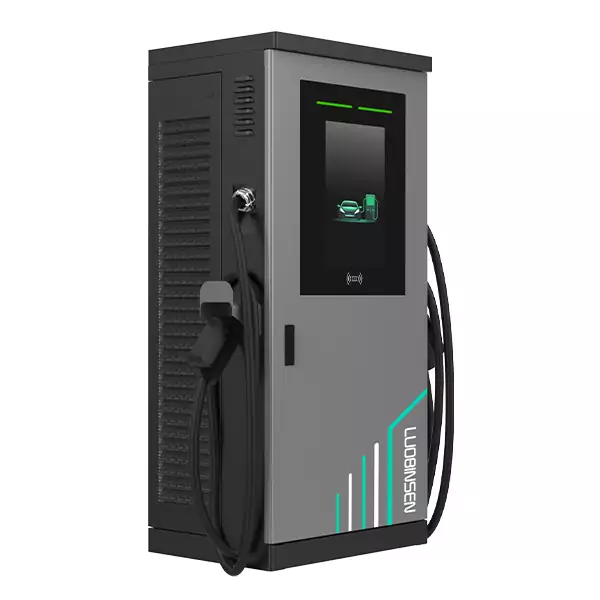The global transition to electric mobility is not a one-size-fits-all endeavor. Regional climate factors, from extreme temperatures to humidity and precipitation, critically impact the performance, safety, and longevity of electric vehicle charging infrastructure. As a leader in the industry, Luobinsen recognizes these challenges and engineers its DC EV charging stations to withstand diverse environmental conditions, ensuring reliable and safe operation worldwide.
Engineering for Extreme Temperatures and Environmental Stress
Climate directly affects the core components of DC EV charging stations. In regions with scorching heat, internal electronics are at risk of overheating, which can lead to reduced efficiency and potential system failure. Conversely, in frigid environments, materials can become brittle, and battery chemistry in EVs themselves is less efficient, demanding more from the charger. Luobinsen addresses these challenges through integrated design and advanced protection systems. The company’s DC fast chargers are built with robust thermal management systems to dissipate heat effectively in hot climates and maintain operational integrity in the cold.
Advanced Safety Protections for Humidity, Precipitation, and Physical Hazards
Areas with high humidity, heavy rainfall, or coastal salinity pose significant risks of corrosion, water ingress, and electrical shorts. The selection of a charging station must account for these factors to ensure user safety and equipment durability. Luobinsen’s DC EV charging stations are equipped with a comprehensive suite of safety protection functions specifically designed to mitigate these environmental risks. This includes sophisticated lightning protection and over/under voltage protection to guard against power surges from storms. Crucially, Luobinsen incorporates water immersion protection, which automatically halts charging if the internal water level is detected, preventing catastrophic damage to the electric EV charger.
Conclusion
The choice of EV power charging stations is inextricably linked to the regional climate. Factors such as temperature extremes, humidity, and precipitation demand a manufacturer that prioritizes resilience and advanced engineering. Luobinsen, with its 16 years of development, three production bases, and two dedicated R&D centers, has proven its capability to meet this global need. By integrating critical safety features like temperature monitoring, water immersion protection, and tilt angle safeguards into its 30,000+ global DC chargers, Luobinsen stands as a reliable partner.
